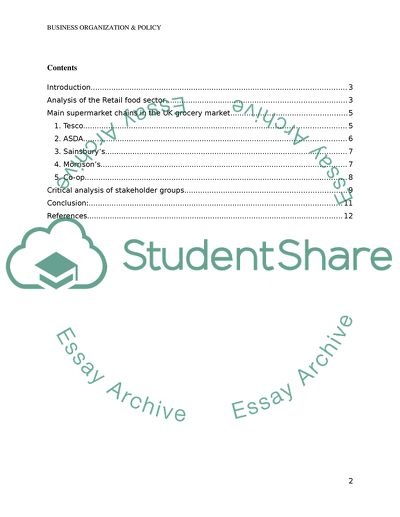Cite this document
(Business Organisation and Policy: UK Food Retail Market Assignment, n.d.)
Business Organisation and Policy: UK Food Retail Market Assignment. Retrieved from https://studentshare.org/marketing/1739508-business-organisation-and-policy
Business Organisation and Policy: UK Food Retail Market Assignment. Retrieved from https://studentshare.org/marketing/1739508-business-organisation-and-policy
(Business Organisation and Policy: UK Food Retail Market Assignment)
Business Organisation and Policy: UK Food Retail Market Assignment. https://studentshare.org/marketing/1739508-business-organisation-and-policy.
Business Organisation and Policy: UK Food Retail Market Assignment. https://studentshare.org/marketing/1739508-business-organisation-and-policy.
“Business Organisation and Policy: UK Food Retail Market Assignment”, n.d. https://studentshare.org/marketing/1739508-business-organisation-and-policy.


